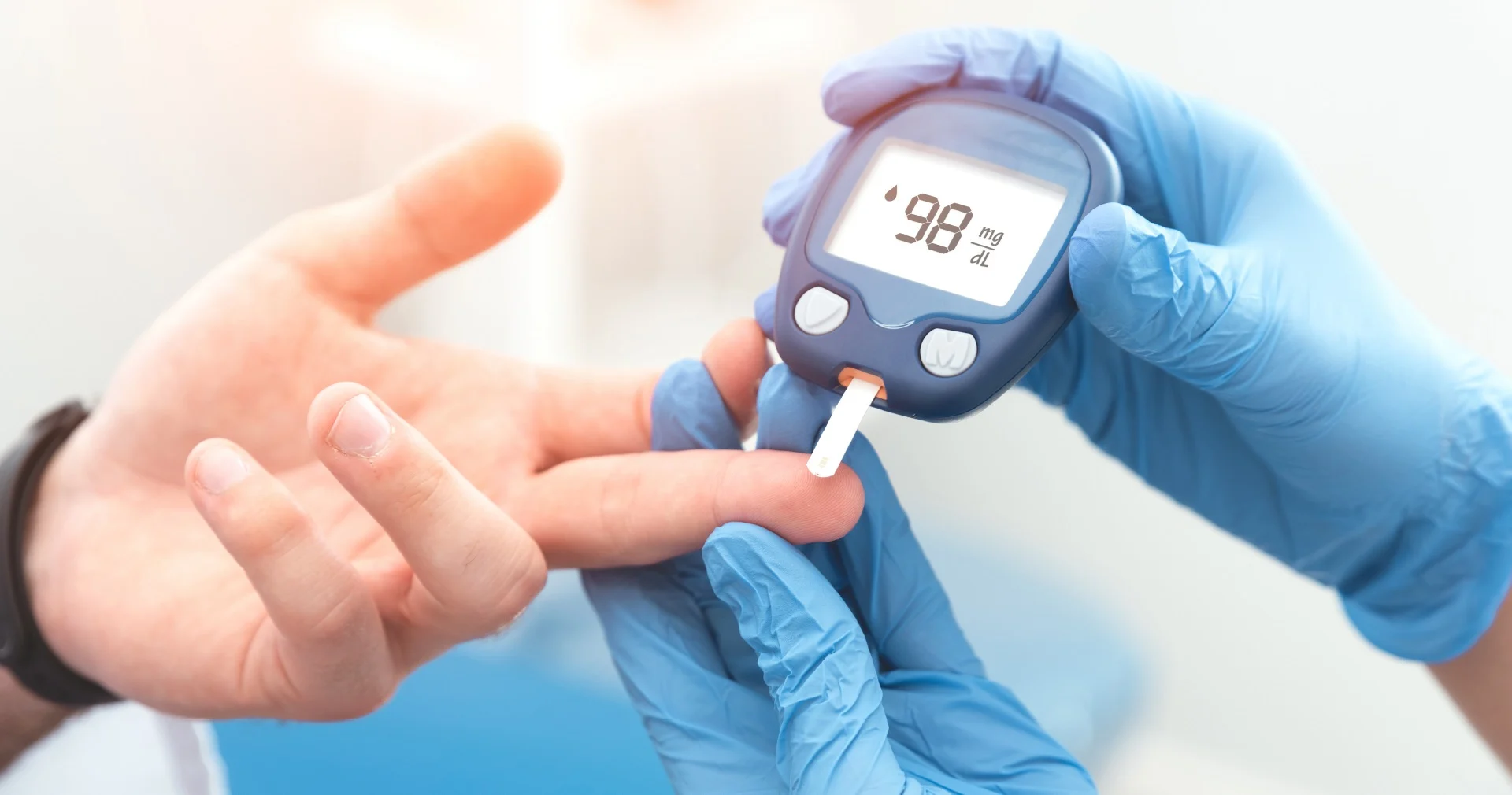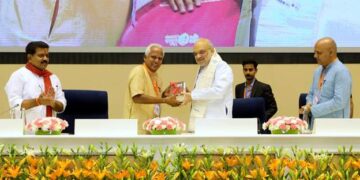By: Arshad Khan &Arshid Qalmi
In what could be termed as a revelation that sent shockwaves through the hallowed halls of Parliament, it was disclosed that 13.50 lakh individuals, a staggering number, in Jammu and Kashmir have fallen in the clutches of drug addiction. This disheartening statistic, which paints a grim picture of the UT’s social fabric, has left the nation reeling with concern.
Specifically, the grim picture about the state of affairs regarding drug addiction is on display in the SMHS Hospital in Srinagar. This hospital has become a battleground against this menace which is fast turning intoan epidemic.
As per reports published in the local as well as the national media, in every 12 minutes, a drug-addict arrives at the hospital’s Outpatient Department (OPD) for treatment, thereby, adding to the statistical challenge the hospital is battling with.
The SMHS Hospital is as a beacon of hope for all the people of Kashmir and those drug addicts who have an urge to somehow liberate themselves from this maddening habit see this hospital as the source from where they could start their lives afresh. Particularly, the family members of the drug addicts remain hopeful and this hospital tries hard to keep those hopes up and living.
The hospital’s Outpatient Department (OPD), specifically, has display the scenes of that battleground where healthcare professionals are fighting hard to defeat the curse of addiction.
Patients, whose journeys are marked by pain and loss, swarm this hospital seeking second chance in life. So the hospital’s corridors echo with the cries of anguish and the whispers of hope at the same time. To accomplish the positive out of this abysmal the healthcare professionals ranging from doctors, paramedics to the other lower staff work tirelessly to provide the care and support needed to reclaim lives from the brink of destruction.
Acknowledging the gravity of the situation, the Honourable High Court of Jammu and Kashmir and Ladakh has made a stern observation, emphasising the urgent need for concerned agencies and community leaders to tackle the drug menace with a firm resolve.
The court’s call for action echoes the sentiments of a nation grappling with the harrowing reality of drug addiction, as it has become an insidious force that threatens to erode the very foundations of society.
Further underscoring the severity of the crisis, the Jammu and Kashmir police chief has unequivocally declared the drug menace as the most significant challenge of our present era. This bold statement serves as a clarion call to all stakeholders, urging them to unite in a collective effort to combat this pervasive issue that has permeated every stratum of society.
As the SMHS hospital is working hard and other concerned authorities and agencies have called for a collective action, it is imperative that comprehensive measures are implemented to address this pressing issue.
The battle against drug abuse requires a multi-faceted approach, encompassing not only law enforcement agencies but also community leaders, healthcare professionals, and policymakers. It is time for society to rally together find out the way out of this pathetic curse which has caught our youth and the young are grappling with.
To do that we must begin with misconceptions and stigma associated with drug addiction and removal of the same must be accorded the top most priority.
Stigmatisation often leads to social isolation for individuals grappling with addiction. Friends and family members distance themselves, fearing association with someone facing substance abuse issues. This isolation deepens feelings of shame and despair, making recovery even more challenging. This sort of behaviour acts as a significant barrier to seeking treatment.
These are the most deeply entrenched untruths about drug addiction. This misguided notion ignores the neurobiological changes that occur in the brain, transforming addiction into a chronic medical condition. It’s important to recognize that addiction is a complex interplay of genetics, environment, and psychological factors.
Viewing individuals struggling with addiction through a criminal lens perpetuates stigma and prevents effective intervention.
Many still consider addiction as a moral failing, leading to punitive measures rather than compassionate support. Treating addiction as a criminal offense further isolates those affected, hindering their path to recovery.
Another misconception in the valley is that the drug addiction is limited to urban areas. However, the issue transcends geographical boundaries and affects both urban and rural communities.
Raising awareness about the science of addiction and its underlying causes is vital. Community workshops, school programs, and media campaigns can help dispel misconceptions and foster a more empathetic understanding of addiction as medical condition.
Encouraging open conversations that emphasize empathy and support can help combat stigma. Portraying individuals with addiction as complex human beings rather than stereotypes can encourage a more compassionate outlook.
Enhancing access to evidence-based treatment options and mental health support services is crucial. Creating non- judgmental spaces where individuals feel safe seeking help can significantly contribute to breaking the stigma cycle.
By recognizing addiction as a medical condition, promoting empathy, and dismantling the barriers that prevent individuals from seeking help, we can collectively foster a more inclusive and supportive society.
It is time to be part of the sincere and apt efforts of SMHS Hospital, police and other concerned agencies to secure and safeguard our collective future.






